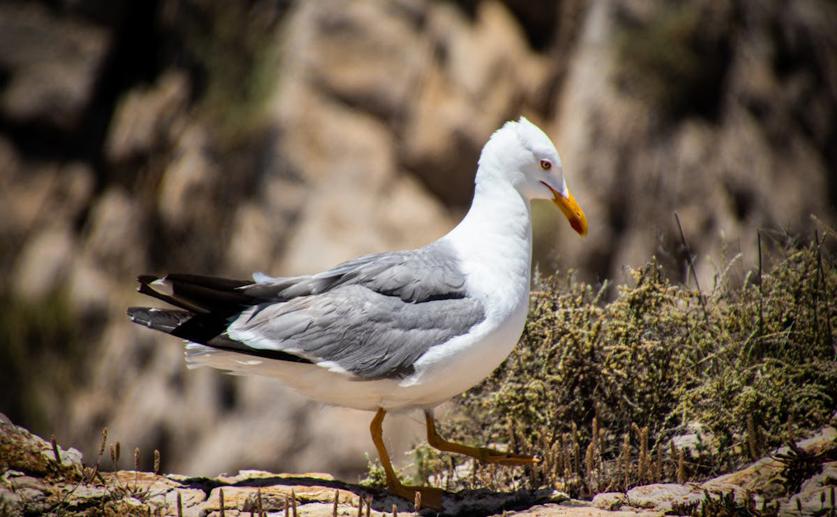
Timing of Bird Migration Shaped by Food, Not Wind
Jim Crocker
5th April, 2024

Key Findings
- In the Madeira archipelago, two petrel bird species breed two months apart and have different foraging habits
- The birds' breeding schedules and foraging preferences likely reduce competition for food and support coexistence
- Adaptations to different wind conditions may influence their breeding times and foraging efficiency
EcologyMarine BiologyEvolution
References
Main Study
1) Allochrony is shaped by foraging niche segregation rather than adaptation to the windscape in long-ranging seabirds
Published 2nd April, 2024
https://doi.org/10.1186/s40462-024-00463-z
Related Studies
2) Same size--same niche? Foraging niche separation between sympatric juvenile Galapagos sea lions and adult Galapagos fur seals.
3) A phylogenetic analysis of the allometry of diving.
Journal: The American naturalist, Issue: Vol 167, Issue 2, Feb 2006
4) Sympatric speciation by allochrony in a seabird.
Journal: Proceedings of the National Academy of Sciences of the United States of America, Issue: Vol 104, Issue 47, Nov 2007



 23rd March, 2024 | Jim Crocker
23rd March, 2024 | Jim Crocker